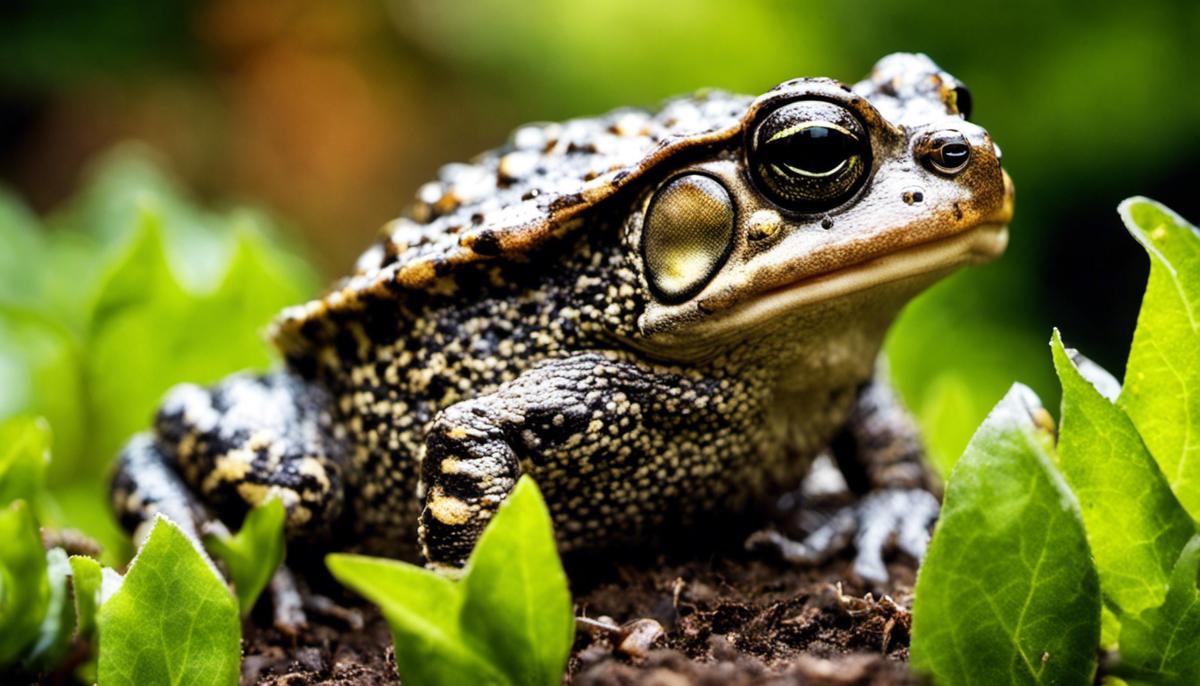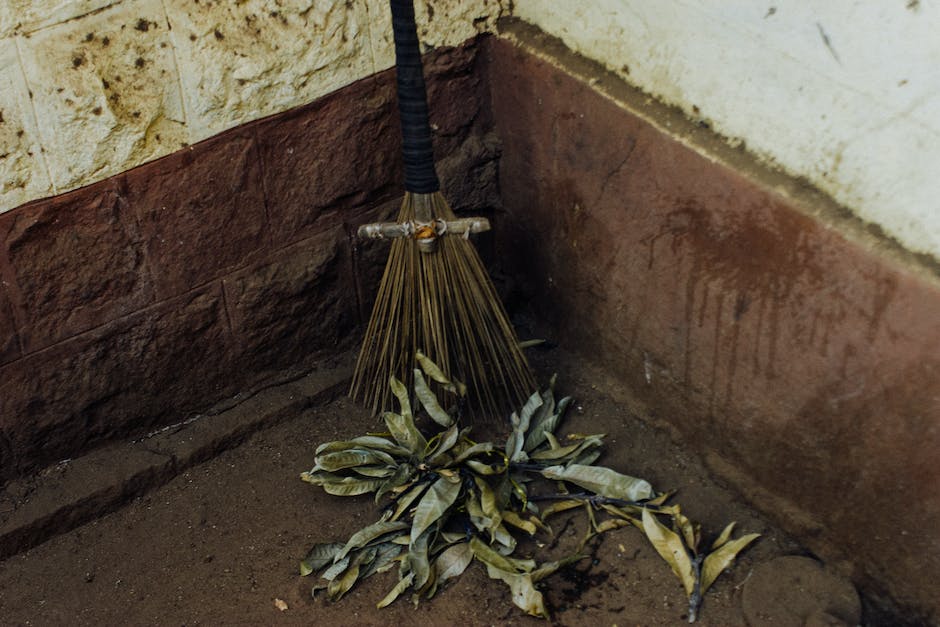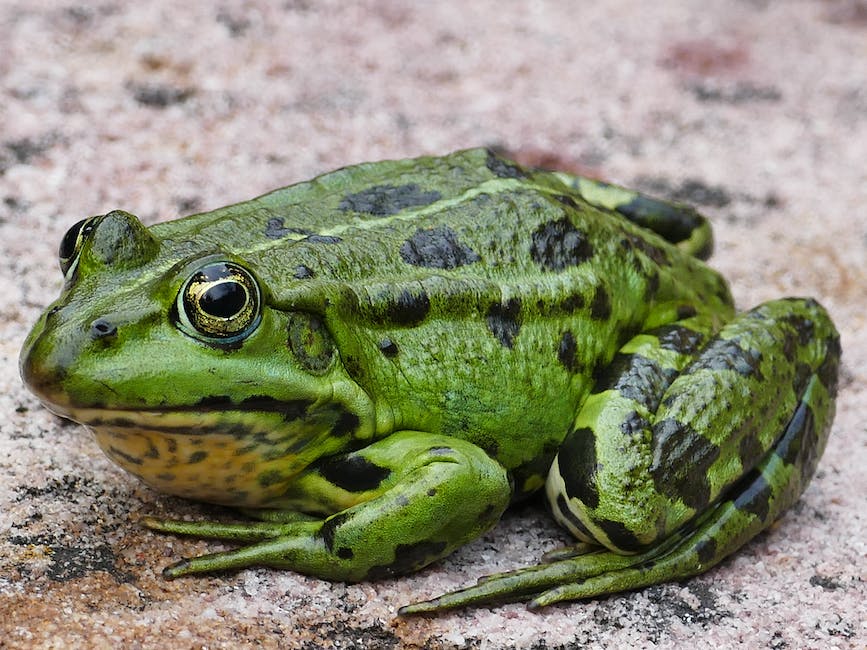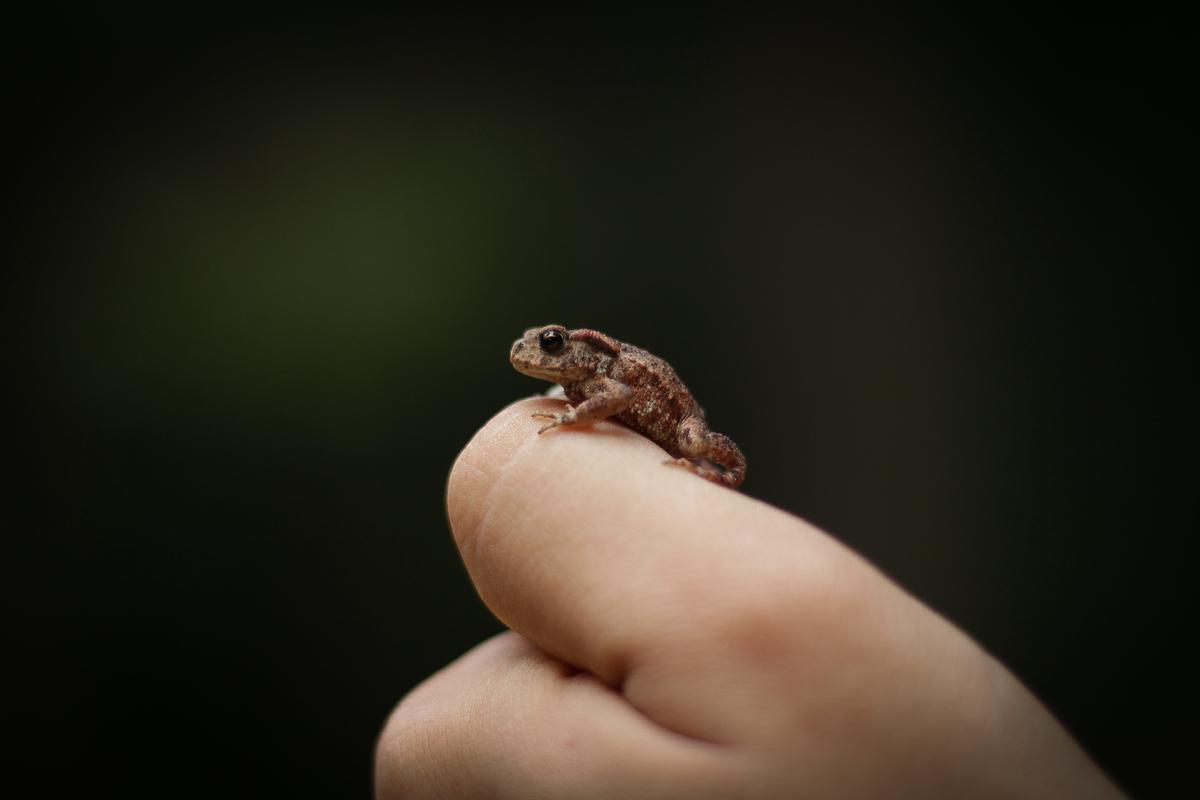Effective Tips for Getting Rid of a Toad

In an ecosystem, every creature, big or small, plays a vital role. Yet, when some of these critters, like toads, become too much of a presence in our personal spaces like our backyards or homes, it can lead to discomfort and inconvenience. In such cases, it is of utmost importance to understand not just how to remove them safely and humanely, but what attracts them to our spaces in the first place. This in-depth look aims at providing you with a comprehensive understanding of toad behavior. By becoming informed about their preferences and habits, you can better understand how to deter these amphibians from creating a home in your space while ensuring their safe removal. Additionally, through understanding toad behavior, you can learn preventive methods to avoid future infestations.
Understanding Toad Behavior
Exploring the Great Toad Quest: A Fascinating Food and Shelter Hunt!
As ardent hobbyists venturing into the charismatic world of toads, it’s crucial to delve into the essentials that make their survival unique. Among the many interesting characteristics of toads, their search for food and shelter stands out. But what exactly does this quest entail and why does it fascinate so many of us in the world of toad hobbyists?
When it comes to food, the toad’s diet mainly consists of insects and small invertebrates. Notoriously gluttonous in their eating habits, they enjoy an insectivorous diet including spiders, snails, worms, slugs, and a diverse range of creepy crawlies. Enticingly for the enthusiast, each toad’s distinct method of catching their prey offers an intriguing spectacle. Relying on their speed and coordination, toads lunge and snap up their meals with a swift and decisive movement, utilizing a sticky, elongated tongue. To witness this remarkable natural phenomenon is the hobbyist’s joy!
However, bear in mind that their intriguing dietary preferences are not just for entertainment. For toads, this craving for insects offers a brilliant way to control pest populations. They are natural allies for garden hobbyists, acting as effective pest controllers. Hence, understanding their food habits can be enlightening and advantageous for anyone with a green thumb or an interest in nature’s ecological complexities.
Turning to the topic of shelter, the choice of the right abode forms a significant part of a toad’s existence. Its shelter choices have a vital link to humidity regulation and protection from predators, making the study of toad habitats infinitely fascinating and important. They prefer damp, shady, and secluded spots such as under logs, leaf litter, or around garden ponds. These spots, providing just the right level of moisture, allow them to maintain their skin hydration and protect them from drying out.
Enthusiasts will also note some toads’ penchant for digging and burrowing. These burrowing tendencies not only provide them safe hideouts from predators but also help them maintain the necessary humidity. As if this night-time romance with the obscure isn’t amusing enough, catch them in their monsoon spirit! Toads take the term ‘making the best of the rainy days’ quite literally and tend to lay their eggs in the temporary pools formed during rains.
So, as eager hobbyists, isn’t it exciting to observe how this unique blend of food and shelter preferences make the ecological existence of toads so fantastic? These extraordinary creatures offer a vivid demonstration of how different species adapt to their surroundings in the natural world. Not only do toads contribute significantly to the richness and balance of our ecosystems, but they also present an absorbing spectacle for anyone fascinated by nature’s wonders. As a result, it seems the appeal of toads is here to stay among hobbyists…and rightly so!

Safe Toad Removal Techniques
When it comes to the matter of safely and humanely removing a toad, there are numerous tips and tricks which could maintain the well-being of the toad and ensure the respect for its life.
Firstly, when attempting to handle a toad, it is simple human instinct to encircle it with both hands and slowly pick it up. However, they are not meant for rough handling or excessive pressure. One must remember not to squeeze the toad, as this could potentially injure it. Ideally, using an object such as a small shovel or a scoop would be beneficial. The toad can safely be guided onto the object and then removed.
Another aspect of safety includes the use of gloves. Chemicals and oils from human skin can be harmful to toads, and in order to protect both the person and the toad, a glove is a good barrier. Gloves made of recyclable materials, such as vinyl or latex, are an excellent choice.
A very important point to remember while relocating a toad is to maintain its natural habitat as much as possible. If a toad has been found in a humid environment, it must be relocated to a similar one. It is helpful to be aware that toads are primarily nocturnal and prefer dark, damp environments.
During the process of removing a toad, the main goal is to provide the least stress for these creatures. Using a toad-friendly container with air holes is advised. This prevents the toad from jumping around, and it provides a safer transportation method.
In the case of long-distance relocation, a soft cloth or even moist leaves at the bottom of the container can create a comfortable environment for the toad during transportation. It is important to avoid any abrupt movements or loud sounds as they can frighten the toad and cause unnecessary stress.
Upon reaching the new location, gently tilt the container to allow the toad to hop out on its own. It’s best not to forcibly remove it, as this could result in injury.
Last but not least, it is crucial to understand that toads play an important role in the ecosystem. They consume many pests that could otherwise damage our gardens and homes. While their appearance may sometimes be off-putting, they are an integral part of our environment and should be treated with kindness and respect.
So let’s remember, safety for both humans and toads is the priority, and if these simple steps are followed, humane relocation of toads can be achieved efficiently and effectively. Let’s continue to admire these creatures from a distance and appreciate the valuable role they play in our ecosystem.

Preventing Toad Infestations
Right then! With that comprehensive overview provided, let’s dive straight into the meaty part of the matter; preventing future toad invasions. You would agree that an essential step is understanding breeding patterns. By controlling specific factors that encourage rampant proliferation, invasions may be curbed downhill.
First off, managing water sources is a vital move. Toads, particularly during breeding season, gather around water bodies. Temporary ponds, significant after heavy rainfall, are a hotbed for toad eggs. Consider managing these resources. Rain gardens and rain barrels, while environmentally friendly, may inadvertently attract toads. Regular maintenance and precautionary measures can help to minimize the risk.
Secondly, it is beneficial to control the insect population in your garden. Toads thrive where food supply is abundant. By reducing the insect population—lighting management is an effective strategy here—you instinctively make the habitat less appealing. White outdoor lights, for example, attract fewer insects than conventional yellow outdoor lights.
In the same vein, deciding on plants that don’t easily harbor insects will tilt the scales favorably against an unwanted toad infestation. Consulting a local gardener or plant nursery would provide valuable insights toward achieving this end.
Furthermore, managing potential hiding spots is crucial. Remember, toads are discreet creatures fond of burrowing under undisturbed debris or hiding among dense vegetation. Regular gardening and landscaping aid in reducing these appealing hideouts. Pruning back excess vegetation, clearing wood piles, and sealing off dark, damp areas will make your backyard less inviting for our amphibian friends.
Using humane deterrents such as toad fences affords another layer of protection. Erected around your property boundaries, these fences lead roving toads to designated areas instead of your gardens. These low, solid structures need to be dug into the ground to prevent toads from burrowing under them.
Lastly, community engagement is vital. Creating awareness about the potential issues with an overpopulation of toads and instigating a neighborhood-wide strategy to prevent invasion proves effective. Remember, toads can travel. A solitary effort may be mute if neighboring properties do not adhere to similar principles.
There you have it, folks—an insightful guide into preventing future toad invasions. Packed with respect for these intriguing creatures and a tone of co-existence, let’s embrace these strategies to maintain the beautiful balance in our ecosystem. So, dust off those gardening gloves and let’s get to work!

Photo by sergiunista on Unsplash
Maintaining an equilibrium with nature requires knowledge and understanding. By learning about toads, their behavior, and what attracts them, we can harmonize our existence without causing harm or discomfort on either side. Safe toad removal methods, whether through natural deterrents, traps, or professional help, ensure that we treat these creatures with the respect they deserve, while also protecting our own spaces. Furthermore, knowing how to make your space less appealing to these creatures can help prevent future toad infestations. Remember, the key lies not in being disruptive to their natural behavior, but in gently letting them know they are not welcome in your personal environment. May your gardens remain serene and toad-free!



